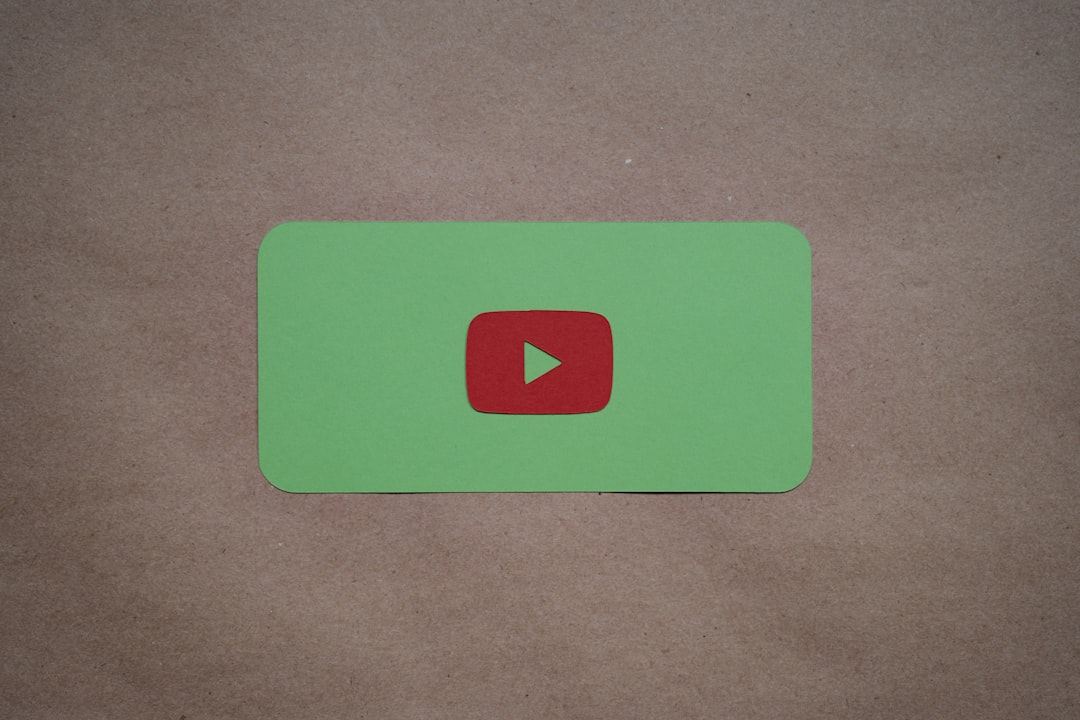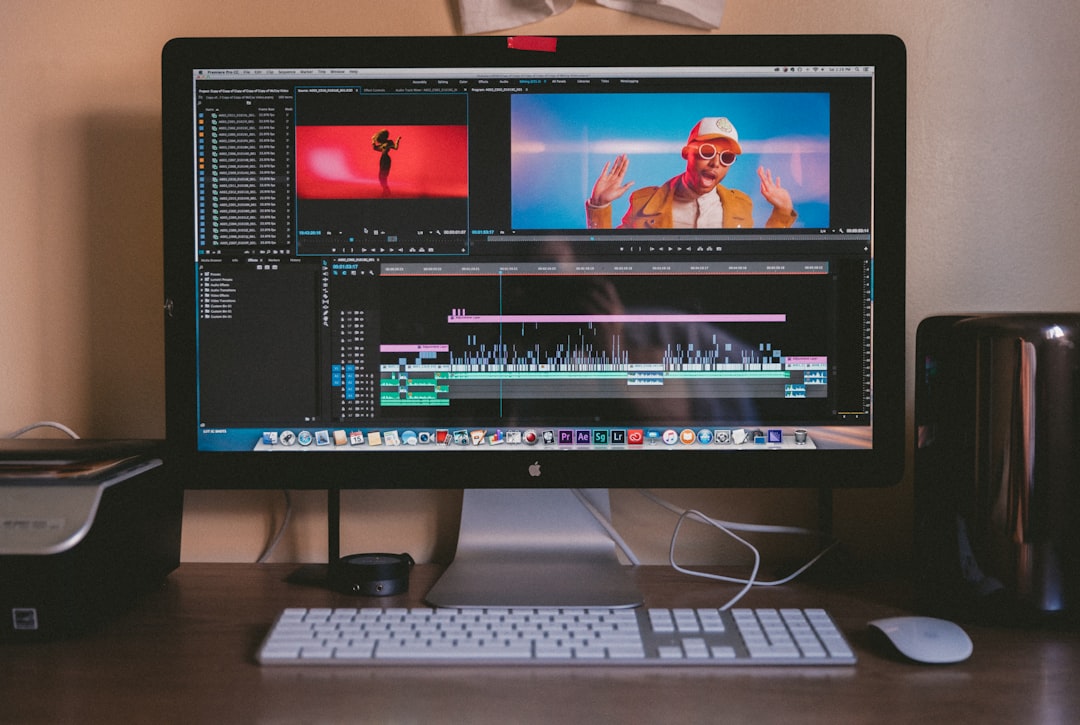How to Edit YouTube Videos 3x Faster Using Free AI Tools in 2025
Editing YouTube videos can be a time-consuming process, often taking several hours for a video that will be viewed in just minutes. But thanks to powerful AI-driven tools that are freely available in 2025, content creators now have an opportunity to speed up their editing process by up to three times — without sacrificing quality. By leveraging smart automation features like intelligent cuts, audio cleanup, auto-captioning, and scene detection, editors can streamline their workflows and produce polished content faster than ever before.
Why Speed Matters in YouTube Video Editing
Consistency and frequency are crucial in the competitive world of YouTube. Creators who can release high-quality videos regularly tend to grow faster and monetize earlier. In contrast, those who spend too long in the editing phase often struggle to maintain engagement. Time saved in editing means more time available for scripting, shooting, optimizing SEO, and engaging with your audience.
In this article, we’ll explore how to speed up your video editing process with 100% free AI tools available in 2025. These tools not only reduce the manual workload but also empower creators with advanced capabilities that were once only available with expensive software and technical skill.
Top Free AI Tools for Faster Editing
Here are some of the best AI-based free tools that can help you work faster:
- Descript (Free Plan) – AI-powered transcript-based editing.
- Opus Clip – Creates short-form clips automatically from longer videos.
- AutoPod – Automates multicam edits, jump cuts, and filler word detection.
- DaVinci Resolve + Sensei AI Plug-ins – Free professional editor enhanced by AI plug-ins for speed.
- Whisper (OpenAI) – Converts speech to text with high accuracy for subtitles and chaptering.
Let’s look at how to integrate these tools into your workflow to create content faster without sacrificing creativity or quality.
Step-by-Step Guide: Editing YouTube Videos 3x Faster with AI
1. Organize Your Content with AI-Based Transcription
The first step in fast editing is structuring your raw footage. Use an AI transcription tool like Whisper or the free plan of Descript to convert your audio into text. This enables fast content review, script alignment, and the ability to delete filler words or stumbles directly from the transcript interface.
- Benefit: Easily pinpoint sections that need editing or cutting.
- Time Saved: 30–50% reduction in manual timeline scrubbing.

2. Use AI to Auto-Cut Mistakes and Silences
Tools like AutoPod or Descript’s “Remove Filler Words” feature use AI to detect and cut out awkward pauses, filler words like “um” and “uh”, and even eliminate repeated takes. This stage alone can transform a rough 60-minute shoot into a usable 20-minute edit in minutes.
- Pro Tip: Set your editing preferences—such as pause duration or filler word tolerance—before batch processing.
3. Automate Scene Detection and Editing
Many free AI tools now offer scene recognition that enables automatic scene transitions, cuts, and even split-screen edits in multicam setups. If you’re shooting podcasts, interviews, or tutorials with multiple camera angles, tools like AutoPod’s Multicam Editor can make highly polished edits in just minutes.
Additionally, if you’re using DaVinci Resolve, you can apply AI plug-ins to automatically enhance your video’s lighting, color balance, and even suggest cuts based on voice and motion detection.
4. Generate Subtitles and Titles Automatically
AI-generated subtitles are not only important for accessibility but also enhance viewer retention. Free tools like Whisper or CapCut (desktop and mobile) now offer accurate and editable captioning with style and placement options. Some tools even automatically detect the speaker and assign names.
- SEO Bonus: Uploaded subtitles improve your YouTube SEO by making your content indexable.

5. Get Short-Form Content Instantly
Want to turn your long-form content into engaging shorts and TikToks? AI tools like Opus Clip analyze your full video and automatically extract high-performing, context-aware short clips. These tools look for facial expressions, speech emphasis, and key points to generate reels ideal for YouTube Shorts, Instagram Reels, or TikTok.
This is a massive time-saver for creators who want to reach wider audiences without repeating the entire editing process for each platform.
6. Add AI-Enhanced B-Roll and Sound Effects
The use of compelling B-roll and background audio can significantly elevate the production quality of a video. New AI search tools integrated into platforms like Pexels AI or Pixabay AutoMatch allow you to feed in a transcript or keyword, and get contextually appropriate video inserts and royalty-free music suggestions in seconds.
If you’re narrating a product review, for example, the AI can automatically recommend relevant visual overlays and transitions that match the script’s keywords.
Tips to Maximize AI Tools in Your Editing Workflow
While these tools are powerful, they’re most effective when used wisely. Here’s how to ensure you’re getting the best out of them:
- Keep raw footage clean: Fewer distractions mean AI can make better decisions.
- Work in incremental passes: Focus on one AI-assisted task at a time – transcription, then trimming, then enhancements.
- Manually review high-importance segments: AI helps with speed, but your human judgment adds character.
- Stay updated: Many of these tools receive major upgrades regularly, so keep your software updated for the best features.
Common Pitfalls to Avoid
Even with AI, there are challenges creators should be mindful of:
- Overcutting: Automatic jump cuts can remove natural flow if not reviewed manually.
- Audio Misinterpretation: Accents or slurred speech may still trigger subtitles errors — always double-check AI captions.
- Brand Incompatibility: Don’t overly rely on AI scene editing if you have a specific visual branding style — refine post-AI with your custom transitions and LUTs.
The Future: AI and the Democratization of Editing
As AI continues to evolve, the barrier to entry for creating professional-looking videos gets lower. What once required expensive software and a skilled professional can now be achieved on a basic computer with free AI tools. In 2025, this democratization is empowering solo content creators, educators, marketers, and small businesses to maintain a credible, persistent presence on the world’s second-largest search engine — YouTube.
The time you save with AI-enhanced editing isn’t just a productivity gain; it’s an opportunity to focus on your voice, your message, and your growth as a creator. The less time spent on mundane technical tasks, the more time there is to tell stories that resonate.

Conclusion
With the aid of free AI tools now widely accessible in 2025, editing a high-quality YouTube video can become a streamlined, even enjoyable process. Whether you’re just starting out or are a veteran creator looking to reclaim precious hours, integrating these smart technologies into your editing workflow can drastically accelerate your output.
Stop letting the edit slow you down. Instead, embrace the modern toolbox of AI-assisted editing to unlock a faster, more focused content creation journey that keeps your audience coming back for more.
- Top 8 Emerging DeFi Compliance & AML Tools Compliance Officers Use to Screen On-Chain Activity Without Full Enterprise Spend - December 13, 2025
- How to Get Facebook Messenger Working Again When It Keeps Closing on Launch — The Fix That Restored Chat Access - December 12, 2025
- Why TikTok Notifications Stop Working After App Update and the Reset That Reactivated Alerts for Creators - December 12, 2025
Where Should We Send
Your WordPress Deals & Discounts?
Subscribe to Our Newsletter and Get Your First Deal Delivered Instant to Your Email Inbox.



